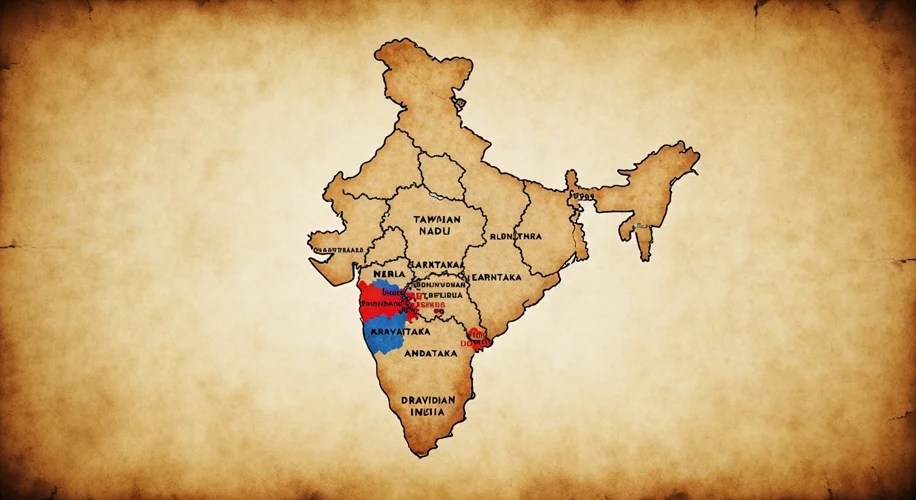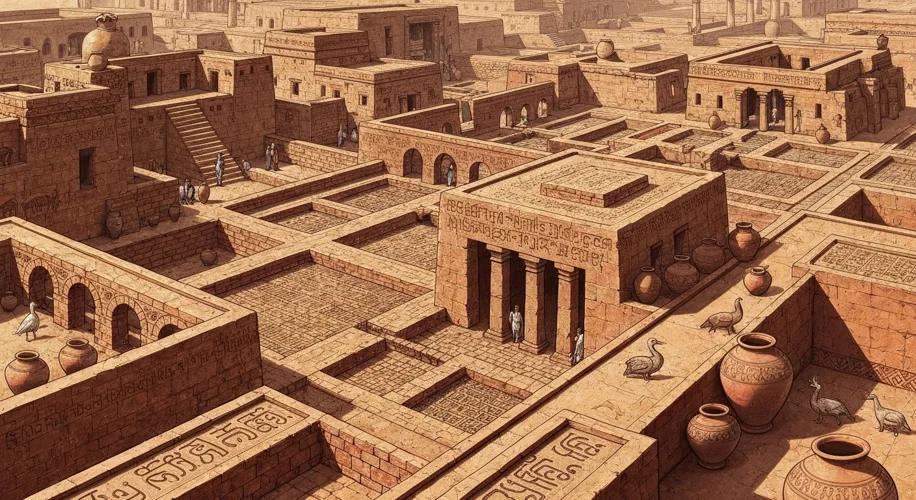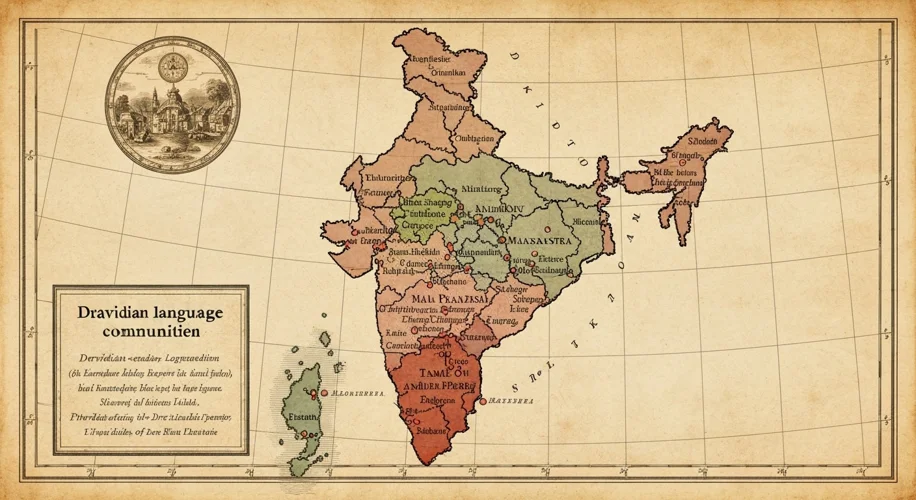The vibrant tapestry of India is woven with countless threads of culture, tradition, and, most notably, language. While Hindi, with its numerous dialects, dominates the north, a distinct linguistic family, the Dravidian languages, thrives primarily in the south. Tamil, Telugu, Kannada, and Malayalam are its most prominent members, spoken by millions. Yet, the intriguing presence of Dravidian language pockets in central India and even fragments in Pakistan presents a fascinating historical puzzle.
For centuries, scholars have grappled with this linguistic distribution. Why do these languages, so deeply rooted in the southern peninsula, also appear as linguistic islands in regions far removed from their primary homeland? The answer, like much of India’s ancient past, is shrouded in the mists of time, but compelling theories of ancient migrations, cultural interactions, and perhaps even forgotten empires offer tantalizing clues.

One of the most widely discussed theories centers on the Aryan migration hypothesis. While this model has been refined and debated, it posits that Indo-Aryan languages, the ancestors of Hindi and many northern Indian tongues, spread into the subcontinent from the northwest. In this scenario, the Dravidian languages would represent the autochthonous linguistic heritage of the land, existing in India long before the arrival of Indo-European speakers.
As Indo-Aryan speakers moved southward, the theory suggests, they encountered established Dravidian populations. This interaction likely led to linguistic borrowing and, in some areas, displacement. However, the survival of Dravidian pockets in central India – such as the Brahui language spoken in Balochistan, Pakistan, and the Gondi and Kuvi languages in central India – hints at a more complex picture than simple north-south linguistic replacement.
These isolated pockets suggest that Dravidian languages may have once held a much wider geographical sway across the subcontinent. What forces could have led to their contraction? Perhaps a series of migrations, driven by climate change, conflict, or the rise and fall of various kingdoms, pushed Dravidian speakers into more concentrated southern territories.
Consider the Brahui people of Balochistan. Their language is a stark outlier, linguistically linked to the Dravidian family but geographically separated by vast swathes of Indo-Aryan and Iranian languages. How did they get there? One possibility is that they are a remnant of a much larger Dravidian-speaking population that once extended further west, a population whose linguistic descendants were later assimilated or displaced by migrating groups.
Another perspective focuses on the Indus Valley Civilization, a sophisticated Bronze Age culture that flourished around 2500-1900 BCE in the northwestern regions of the Indian subcontinent, now Pakistan and northwest India. While its script remains undeciphered, some scholars propose a connection between the Indus Valley Civilization and Dravidian languages. If this link holds true, it would suggest that Dravidian speakers were once a significant presence in the very regions where Indo-Aryan languages later became dominant.

The historical interactions between Dravidian and Indo-Aryan language speakers were not always peaceful. Epics like the Ramayana and Mahabharata, while later translated into various vernaculars, contain echoes of ancient conflicts and cultural exchanges between these groups. The gradual expansion of Indo-Aryan influence in the north and central plains would have inevitably pressured existing linguistic communities.
Furthermore, the concept of linguistic islands is not unique to Dravidian languages in India. Throughout history, languages have persisted in pockets, surrounded by dominant linguistic neighbors, due to factors like geographical isolation, strong cultural identity, or political patronage.
What does this linguistic distribution tell us about the deep history of the subcontinent? It paints a picture of a dynamic, multi-layered past, far more complex than a simple linear progression of cultures. It suggests a time when linguistic boundaries were perhaps more fluid, and migrations and interactions led to the fascinating mosaic of languages we see today.
Unraveling the Dravidian puzzle is not merely an academic exercise; it is a journey into the very origins of Indian civilization. It challenges us to look beyond established narratives and consider the profound, often invisible, threads that connect us to our ancient ancestors, revealing that the roots of India’s linguistic diversity run deeper and spread wider than we might initially imagine.
The ongoing research into ancient DNA, comparative linguistics, and archaeological findings continues to shed light on these ancient migrations. Each new discovery adds a piece to the intricate puzzle of India’s linguistic past, reminding us that history is a living, evolving story, constantly being reinterpreted by the echoes of the past.

